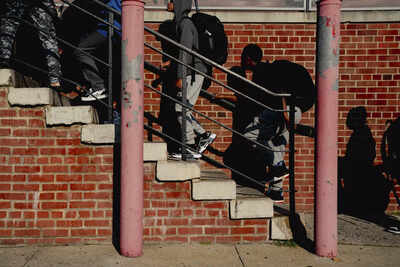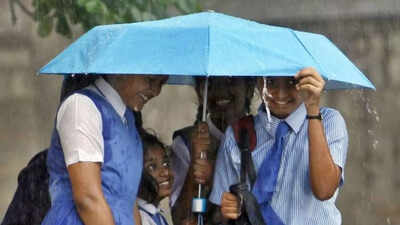154,000 students are homeless in New York City schools: Here’s why the crisis is deepening

A record 154,000 students in New York City public schools were classified as homeless during the 2024-25 school year, according to a report by AFC (Advocates for Children of New York).The figure is stark evidence of the city’s growing housing crisis and its impact on the youngest and most vulnerable residents. Nearly one in seven students in the nation’s largest school system faced homelessness, while more than 900,000 children attend city schools overall, AFC reports.
The scale of the crisis
The magnitude of the problem is hard to overstate. If children lacking permanent housing were grouped into their own district, it would rank among the 20 largest school systems in the US, surpassing those in cities such as Baltimore, Denver, Philadelphia, and San Diego. Almost all these students live in shelters or share overcrowded apartments with other families, a situation defined as homelessness under federal education law.Over the past decade, the number of homeless students in New York City has remained above 100,000, rising steadily under successive mayoral administrations. About 87,000 students were identified as homeless when Bill de Blasio took office in 2014. Experts attribute the increase primarily to the city’s persistent shortage of affordable housing, rather than the arrival of migrant children, though New York has enrolled more than 45,000 migrant students since 2022, The New York Times reports.
Disproportionate impact
The data reveal stark racial and economic disparities. Approximately 87% of students in temporary housing are Black or Latino, compared with 62% of the overall student population. In New York City, more than half of homeless students are “doubled up,” living in apartments shared with multiple families, while five percent reside in hotels or motels or lack any shelter entirely.Nearly 65,000 children spent time in shelters last year. Their educational outcomes are concerning: around 80% of third- through eighth-graders in shelters were not proficient in reading and mathematics on state assessments, nearly 40% of adolescents failed to graduate high school on time, and one in eight dropped out entirely.
Neighborhood disparities
The crisis is unevenly distributed across the city. In lower-income neighborhoods such as East Harlem in Upper Manhattan; Brownsville and Bushwick in Brooklyn; and High Bridge and Grand Concourse in the Bronx, more than 20% of students experienced homelessness. In contrast, fewer than seven percent of students in Staten Island were affected. While some schools reported no students living in temporary housing, about 30 schools had over half of their students classified as homeless.
Chronic absenteeism
Homelessness creates barriers to consistent attendance. Students often travel long distances across boroughs to reach school, and transportation delays exacerbate the challenge. Roughly 52% of all homeless students, and two-thirds of those in shelters, were chronically absent—missing at least ten percent of the school year. “Education is key to breaking the cycle of homelessness,” Maria Odom, executive director of Advocates for Children of New York, said in the organization’s report. “But our city is currently failing students in shelter.”
Mayoral responses
With the next mayoral election approaching, candidates have proposed different strategies. Democratic nominee Zohran Mamdani plans to expand programs that connect families in shelters with city workers for frequent check-ins. Andrew M. Cuomo, running as a third-party candidate, proposes more “community schools” that provide wraparound services, including mental health support, The Times reports.
A systemic challenge
The New York City data underscore a persistent and growing challenge. For students, lack of stable housing is more than a social issue, it directly affects learning, attendance, and long-term prospects. For policymakers, the figures highlight the urgent need for coordinated action across housing, education, and social services. Without such an effort, the city risks leaving tens of thousands of children behind, perpetuating cycles of poverty and educational disadvantage.






